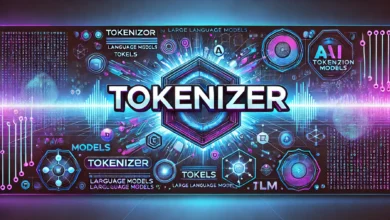What is a Multilingual LLM?
Imagine a computer that can understand and speak multiple languages as fluently as a human. That’s essentially what a Multilingual LLM is. It’s a type of artificial intelligence that has been trained on vast amounts of text data from various languages. This allows it to understand, generate, and translate text across different linguistic boundaries.
Think of it as a global citizen of the digital world. While traditional LLMs are language experts in a single tongue, multilingual LLMs are polyglots, capable of handling multiple languages with ease.
Diving Deeper into Multilingual LLMs
These models are built using advanced techniques that enable them to learn complex language patterns and structures. They can perform a range of tasks such as:
- Translation: Accurately translating text from one language to another.
- Summarization: Creating concise summaries of text in different languages.
- Question Answering: Providing answers to questions asked in various languages.
- Text Generation: Creating new text in multiple languages based on given prompts.
Leading the Pack: Multilingual LLM Powerhouses
Several multilingual LLMs have made significant strides in recent times:
- Mixtral: Developed by Mistral AI, Mixtral demonstrates strong multilingual capabilities. The model is designed to effectively understand and generate text across multiple languages.
- Llama 3.1: Building on the multilingual strengths of Llama 2, Llama 3.1 is expected to offer improved performance in handling various languages and their complexities.
- Claude 3.5: Anthropic’s Claude 3.5 showcases solid multilingual understanding and generation abilities. It is capable of handling different languages and tasks with proficiency.
- MUSE (Multilingual Universal Sentence Encoder): Developed by Google, MUSE is designed to generate semantically and syntactically similar representations for sentences across different languages. This makes it effective for tasks like cross-lingual information retrieval and document classification.
- XLM-RoBERTa: Built upon the success of RoBERTa, XLM-RoBERTa is specifically designed for multilingual language understanding. It excels at tasks like cross-lingual question answering and text classification.
- mBERT (Multilingual BERT): An extension of BERT, mBERT is trained on a massive dataset of text from various languages. It has shown impressive performance in various multilingual tasks.
Applications of Multilingual LLMs
The potential applications of multilingual LLMs are vast and diverse:
- Global Business: Facilitating seamless communication and collaboration between teams from different countries.
- Content Creation: Generating multilingual content for marketing, advertising, and social media.
- Education: Developing language learning tools and platforms.
- Customer Service: Providing multilingual customer support.
- Search Engines: Improving search results by understanding user queries in multiple languages.
As technology continues to evolve, we can expect even more sophisticated multilingual LLMs to emerge, breaking down language barriers and fostering global understanding.




